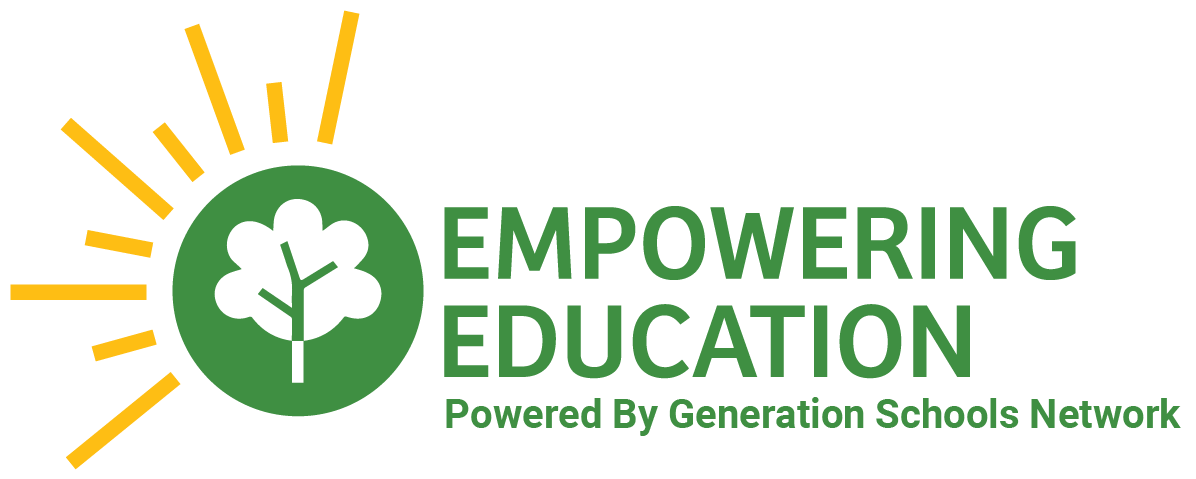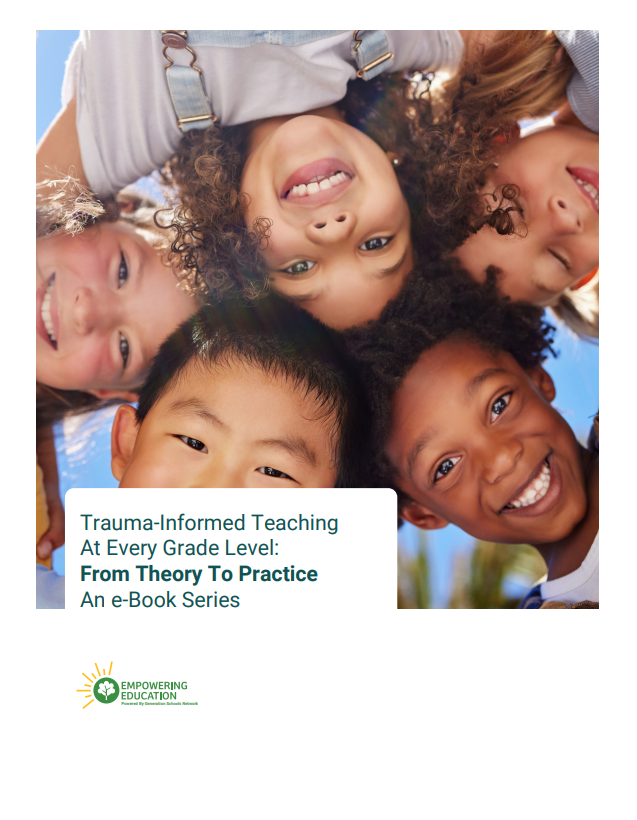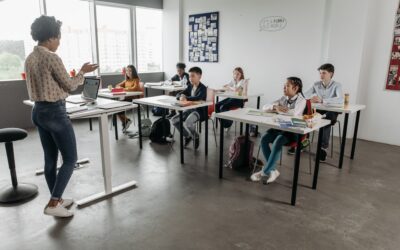Supporting Students with the Return to School
Despite the rise in Covid-19 cases, our increased understanding of how to protect children and staff is leading to more in-person learning. After months of remote learning, how can we help students come back to in-person school?
We spoke about the transition back to in-person learning with school psychologist Madeleine Everhart, of Shoreham-Wading River Central School District in New York state.
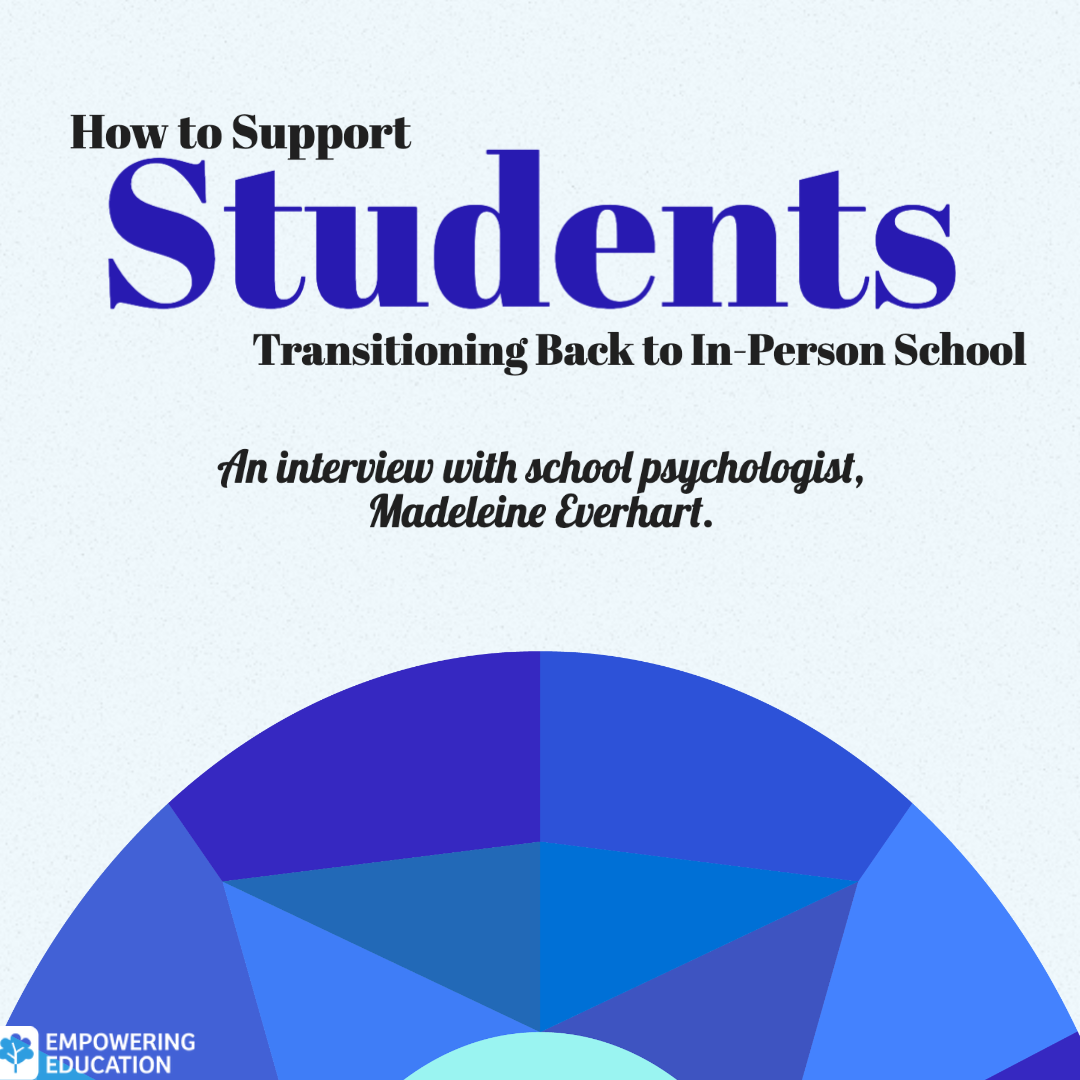
First, let’s understand what we’re facing as students walk back into school. Madeleine points out that the first likely challenge is that students’ experiences of remote learning have greatly varied.
The Challenges of Returning to In-Person Learning
For some, both parents were at home, helping them stay focused, arranging for enrichment activities, perhaps “podding up” with another family to keep socially active. Other students were mostly on their own, both socially and academically. Finally, some basically dropped out of school, never logging in, perhaps because they were tasked with taking care of younger siblings while parents went out to work.
“With so much variety, it’s important to avoid lumping students into one bucket and instead to check-in and keep tabs on students individually,” says Madeleine.
Remote learning has led to a variety of academic experiences. Some students have done fine - perhaps even thrived. But many have fallen behind. However, warns Madeleine, most teacher’s experience in evaluating student academic growth and organizing interventions is in-person, often including detailed observations and assessments.
For some students, they are behind because they simply did not receive the instruction; they may catch up with basic review. While urgency is usually a good approach to concerns about academic gaps, “COVID-19 gaps” may call for a bit of patience once students are back to receiving regular instruction. Indeed, if students pick up on an educator or parent’s intense concern about their progress, they may develop unhelpful anxiety.
In terms of socialization, some students will be very nervous about going back to school and may have developed a phobia about school. However, Madeleine is confident that most children will bounce back into being together faster than adults will. Children are primed for adjusting to change, especially when the adults convey confidence and positivity about the change.
“When we brought students back in-person,” Madeleine recalls, “many of the adults were very worried about how the kids would handle wearing masks, being kept physically apart, etc. But the kids rolled with it just fine -- even better than many of us adults!”
Some Ways to Ease the Transition Back to In-Person Schooling
We are all worried about what school will be like, and, understandably, the health risks associated with returning to in-person schooling. It’s smart to clearly tell children how to be safe, but it’s easy for this to slip into explicitly or implicitly communicating our own anxieties. Here are some tips to focus on the positive aspects of walking back into school.
1. Focus on parents.
Madeleine suggests that educators include parents when planning for a return to in-person schooling. “Parents are used to having a lot more access to school. They used to bring in cupcakes on birthdays, perhaps drop kids right into the classroom, or have quick chats with teachers at the end of the school day.” She encourages teachers to find ways to give parents access. “Post lots of pictures of the school day on your online classroom website. Make it easy for parents to schedule online 1:1s with you.”
2. Help students become accustomed to drop-offs.
Madeleine suggests that staff be as close as possible to where cars are dropping off students. After some days or weeks have passed, move the welcoming staff back towards the door and into the building, to the degree that is age-appropriate and safe.
3. Keep schools warm and inviting.
Madeleine reminds teachers that “just because we have PPE and spread-out desks, it doesn’t mean it should not still look like school!”
4. Give parents opportunities to hear about and ask questions about how the return to in-person school will work.
Teachers or administrators should consider these meetings an opportunity to tell parents how their language about kids returning to in-person school—and even their demeanor—can greatly impact how students view the experience.
5. Incorporate daily check-in procedures.
Madeleine encourages helping students process the many small and large traumas they may have experienced so far with the pandemic. Some teachers have a daily morning routine in which students put a post-it note about their emotional state. The teachers can then check-in privately with students: “I saw that you’re really happy today - great! What’s leading to that?” Or, “I noticed you reported feeling blue. Is there anything I can do to help you?” Madeleine notes that while there are some initial bumps about returning to school, “most kids quickly come back to baseline."
If students lost a family member, educators should be ready for a resurgence of feelings near the anniversary of the death. This would be a good time to engage the help of the school mental health staff in supporting the student.
What Have We Gained Through the Pandemic
This pandemic has been devastating for so many, but, like most any experience, can become part of a story of growth for students. Many of them, Madeleine points out, have had to develop extraordinary executive functioning skills through managing their remote learning. When things have improved and we’re back to safely socializing, we will all have gone through a significant challenge together.
We hope you enjoyed Maddie’s story. If you have a similar experience or more insight on how to teach during remote learning, please let us know by dropping a comment on our Facebook page.
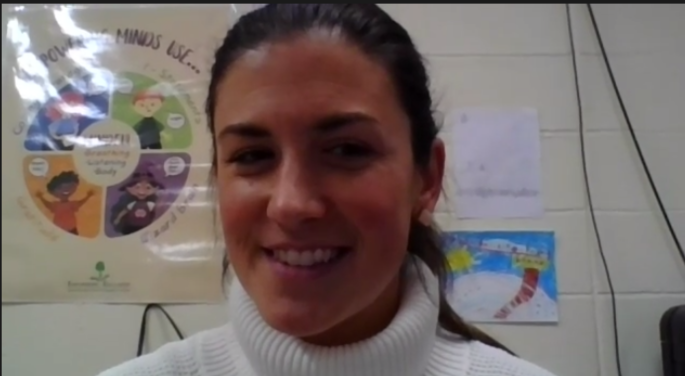
Madeleine Everhart
School Psychologist
Upon her initial hire, Maddie implemented the Empowering Minds curriculum within her districts K-5 classrooms. Now, Maddie consults with district staff who are implementing Empowering Minds. She works with a committee that generates supplemental activities for the classrooms in helping to generalize the social and emotional skills.
